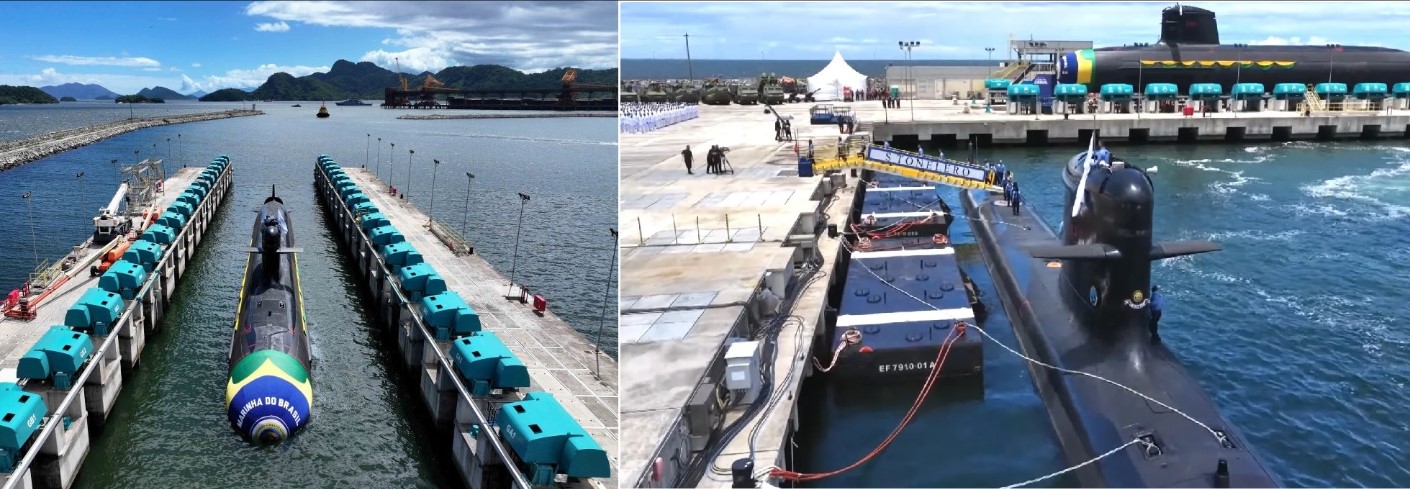Leonardo Unveils “Michelangelo Dome,” a New Multi-Domain Security Architecture for Next-Generation Threats

ROME — Leonardo has formally introduced its new “Michelangelo Dome” defence architecture in Rome, presenting it as a comprehensive, multi-domain system built to confront rapidly evolving global threats. The unveiling, held at Officine Farneto, marks a strategic step in the company’s effort to strengthen its role in European and global security ecosystems, where advanced, integrated defence networks are becoming essential.
A Strategic Vision for a New Threat Era
Speaking at the ceremony, Roberto Cingolani, Leonardo’s CEO and General Manager, emphasized the system’s relevance in an era where adversaries employ faster, cheaper and increasingly complex attack methods.
“Leonardo reaffirms its commitment to developing solutions that safeguard citizens, institutions and infrastructure by combining advanced technology, a systemic vision and strong industrial capabilities,” Cingolani said. “In a world where threats evolve rapidly – and where defending is costlier than attacking – defence must innovate, anticipate and embrace international cooperation.”
The Michelangelo Dome is designed specifically to address this challenge: creating an integrated defensive “envelope” around critical infrastructure, urban areas, and strategic national or European assets.
A Multi-Domain Shield: Land, Sea, Air, Space and Cyber
Leonardo emphasizes that the Michelangelo Dome is not a standalone weapon or radar, but a full-spectrum, modular and open architecture capable of coordinating multiple defence assets across every operational domain. The system brings together next-generation sensors on land, at sea, in the air and in space, supported by advanced cyber defence platforms, command-and-control networks, artificial intelligence for data fusion and predictive threat assessment, and coordinated kinetic and non-kinetic effectors. With this layered structure, Leonardo says the Dome forms a continuous “security dome” able to detect, track and neutralise synchronized, large-scale threats occurring across multiple domains at once.
Designed for Modern and Future Threats
According to Leonardo, the Michelangelo Dome is engineered to confront the most demanding threats of the modern era, including hypersonic weapons, drone swarms, cruise and ballistic missiles, unmanned underwater vehicles, and a wide set of surface and subsurface maritime threats. It is also built to withstand electronic warfare attacks and sophisticated cyber intrusions aimed at disrupting command networks. By merging data from numerous sensors into a unified operational picture, the system uses advanced data fusion algorithms and predictive modelling to anticipate hostile behaviour and automatically select the most effective countermeasure, even in highly saturated, time-critical scenarios where reaction time is extremely limited.
European Integration and Strategic Autonomy
Leonardo states that one of Michelangelo’s central advantages is its ability to support European strategic autonomy, reducing reliance on fragmented national defence layers. The architecture enhances NATO interoperability, enabling joint operations and shared real-time situational awareness among allied forces. It also contributes to technological resilience, ensuring systems continue functioning under cyber or electronic attack. Because the design is open, modular and scalable, it can integrate sensors and technologies from European partners, strengthening industrial cooperation. Leonardo positions the Dome as a European reference model for multi-domain security, aligned with the European Defence Industrial Strategy (EDIS) and multiple PESCO cooperative projects.
Additional Background: Why Michelangelo Matters Now
The unveiling comes at a moment when Europe faces rapidly evolving security threats. Drone and missile attacks on critical infrastructure in Europe and the Middle East have increased sharply, exposing the limitations of older defence systems. Meanwhile, the deployment of hypersonic missiles by major global powers has dramatically reduced response times. The rise of cyber-physical warfare, where digital sabotage coincides with kinetic strikes, has forced governments to rethink their defensive strategies. European nations are under pressure to modernize their air defence and surveillance networks amid growing geopolitical instability. Leonardo argues that Michelangelo addresses critical capability gaps revealed by recent conflicts, where traditional point-defence systems and single-sensor platforms struggled against threats defined by mass, speed and saturation.
Strengthening Italy’s Defence Industrial Base
The Michelangelo program reinforces Italy’s ambition to be a leading developer of advanced defence technologies. It consolidates Leonardo’s contributions to national air and missile defence, European radar and sensor development, space surveillance, and cybersecurity infrastructure. The project is expected to involve multiple Italian and European partners, strengthening domestic industry while enhancing Europe’s overall security posture. Leonardo aims for Michelangelo to become a cornerstone of Europe’s future defence architecture, advancing both technological capability and industrial collaboration across the continent.
A New Era of Integrated Defence
With Michelangelo Dome, Leonardo aims to set a benchmark for future multi-domain protection systems—defence networks that can think, react and adapt at machine speed.
As global threats continue to evolve, Rome’s unveiling signals Italy’s intention to play a decisive role in shaping the defence technologies of the coming decades.
If you want, I can also prepare a version with bolded keywords, a shorter summary, or a headline variation.
✍️ This article is written by the team of The Defense News.





